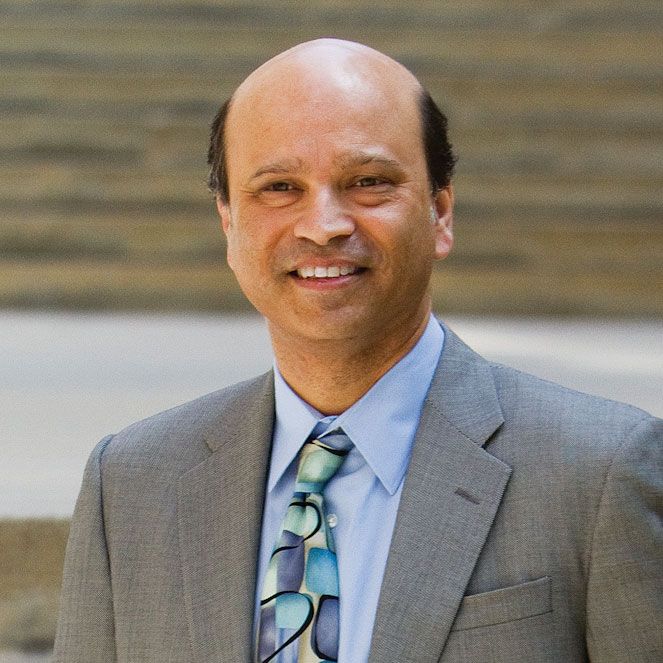Publication
Article
CURE
The Dawn of a New Era in Cancer Treatment
Author(s):
Key Takeaways
- Organ-sparing therapies are emerging, reducing the need for radical surgeries and associated side effects, improving patients' quality of life.
- Experts emphasize the importance of addressing insurance denials and the evolving nature of cancer survivorship care.
New advancements in cancer treatment are reducing the need for radical surgeries, offering organ-sparing therapies and enhancing survivorship care and support for patients.
New cancer treatments are minimizing the need for radical surgeries by introducing organ-sparing therapies and improving survivorship care and patient support.

For countless patients over the years, a cancer journey has involved surgery. Radical surgeries to remove the affected organ were the standard of care for many cancers, from rectal and bladder to certain types of stomach and uterine cancers. Although these surgeries offered a chance for a cure, they often came at a significant cost. Patients faced life-altering side effects, including issues with digestion, sexual function, fertility and overall quality of life.
However, a new era in cancer treatment is dawning, as we detail in this seasonal issue of CURE. Advancements in research and technology are allowing doctors to offer patients more options than ever. We explore the growing field of organ-sparing therapies, which use systemic treatments such as chemotherapy, immunotherapy and targeted therapies to shrink tumors or control the disease, potentially eliminating the need for surgery.
In this issue, you will find insight from Joanna Fawzy Doran, CEO of the nonprofit organization Triage Cancer and a CURE advisory board member, about what patients can do if they face the common issue of insurance denials during their cancer journey.
Additionally, we examine real-world data on the use of Carvykti (ciltacabtagene autoleucel) in the treatment of patients with relapsed/refractory multiple myeloma and spotlight treatment advancements for triple-negative breast cancer as part of our “Speaking Out” discussion series.
Furthermore, we speak with a pair of experts about what the “new normal” may be like for someone entering cancer survivorship.
“Often it’s kind of a series of physical adjustments,” Dr. Kevin Billingsley of Yale Cancer Center and Smilow Cancer Hospital in New Haven, Connecticut, told us. “It takes weeks to months to recover from the physical rigors, often of a combination of chemotherapy and surgery. Even young, healthy people ... need to rebuild themselves, often with a program involving exercise under the guidance of a trainer or physical therapist, as well as some nutritional consultation.
“It can take longer than people expect. There [are] also the emotional adjustments of getting back into the normal flow of life and dealing with the uncertainty that [accompanies] a cancer diagnosis. … This is because even when treatments are highly successful, people live with the uncertainty that cancer may return at some point, which can be quite stressful.”
Patients in remission enter a “survivorship care period,” as Frank J. Penedo of Sylvester Comprehensive Cancer Center in Miami told us. “The [National Cancer Institute] defines a cancer survivor as somebody from the day of diagnosis through the balance of their life,” said Penedo, who leads teams in cancer survivorship, translational behavioral sciences, and supportive care, and the psychophysical mechanisms and health out-comes lab, at Sylvester. “Survivorship care is the care that a person is receiving in addition to their medical treatment post completion of their primary treatments. In that survivorship care, it’s really critical that the patient remains very involved with their care team for a variety of reasons.”
For all the up-to-the-minute oncology updates, stay tuned to curetoday.com. There, you will find everything from breaking news on the latest Food and Drug Administration approvals to expert context on major cancer news and much more.
Our goal is to empower our readers with knowledge and provide patients with the information they need to make informed decisions about their cancer care. Throughout these pages, you will find personal stories and expert insights. As always, we hope you find them inspirational and informative. Thank you for reading.
For more news on cancer updates, research and education, don’t forget to subscribe to CURE®’s newsletters here.





